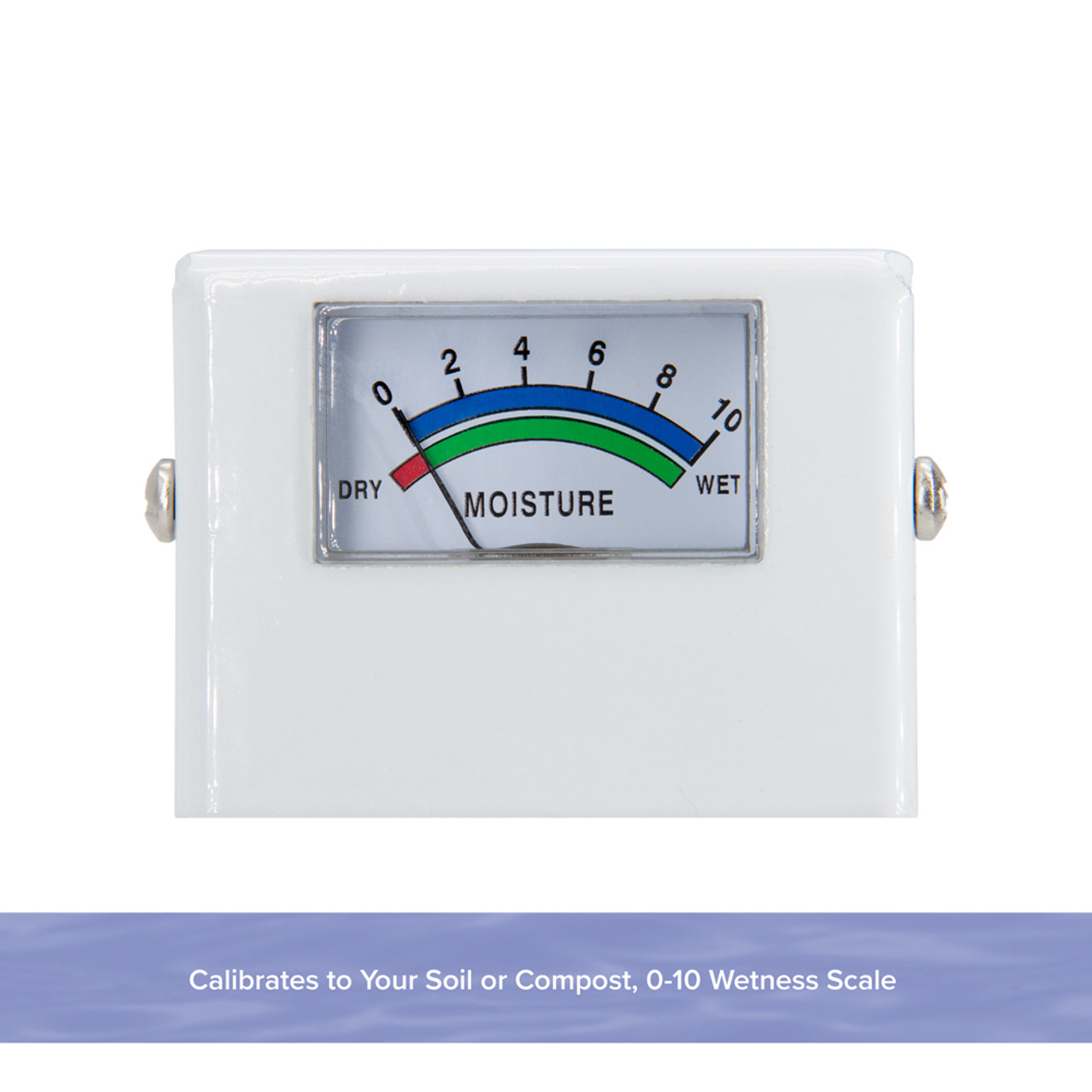Exactly How a Moisture Meter Can Aid You Keep Optimum Problems in your house or Office
Exactly How a Moisture Meter Can Aid You Keep Optimum Problems in your house or Office
Blog Article
Delve Into the World of Moisture Meters: Everything You Need to Know
In the realm of moisture meters lies a world of accuracy and usefulness that frequently goes unnoticed. Understanding how moisture meters operate, the various kinds readily available, and their varied usages can drop light on their value in making sure high quality and effectiveness.
How Moisture Meters Work
Moisture meters operate by measuring the electric conductivity or capacitance of products to figure out the moisture content existing. These meters are very useful devices across various sectors, consisting of building, agriculture, and woodworking. By using different approaches such as pinless or pin-type technology, dampness meters supply accurate analyses that help specialists make notified decisions.
Pin-type wetness meters function by inserting the sharp pins into the product being examined. On the other hand, pinless wetness meters make use of electromagnetic signals to scan a larger location without creating any damage to the material's surface area.
Despite the method utilized, wetness meters play an essential function in protecting against issues such as mold growth, architectural damages, or item issues brought on by excess wetness. Comprehending exactly how these meters job is essential for ensuring the high quality and stability of materials in different applications.
Sorts Of Moisture Meters
Offered the essential role moisture meters play in different sectors, it is crucial to understand the various kinds readily available to specialists for properly examining wetness levels - Moisture Meter. There are mainly two main kinds of wetness meters: pinless and pin-type wetness meters

On the various other hand, pinless moisture meters make use of electromagnetic sensor plates to check a larger location of the product without triggering any kind of damage. This type appropriates for rapidly scanning huge locations and is typically made use of for flooring, walls, and ceilings. Pinless meters are practical for taking analyses on finished surfaces without leaving any type of noticeable marks.
Both types of wetness meters have their benefits and are picked based on the particular demands of the work at hand. Comprehending the distinctions in between these kinds is essential for experts to make exact dampness assessments.
Applications Across Industries
With diverse capabilities, dampness meters discover widespread application across various sectors, helping experts in ensuring optimal problems for materials and frameworks. In the farming sector, moisture meters are vital for establishing the moisture content in grains, seeds, and hay, guaranteeing quality assurance and stopping mold and mildew development. Building experts rely upon wetness meters to evaluate the moisture levels in building materials like timber, drywall, and concrete, which is essential for maintaining architectural integrity and preventing issues my blog like rot or mold and mildew. The floor covering market utilizes dampness meters to gauge the wetness content in subfloors prior to mounting numerous flooring, preventing pricey problems as a result of excess dampness. In the food sector, wetness meters are used to check and manage moisture degrees in products such as grains, nuts, and dried out fruits to preserve quality and high quality. Furthermore, moisture meters play a crucial role in the reconstruction and damage control industry by aiding professionals address and determine water damages in buildings without delay. Across these varied sectors, moisture meters are crucial tools for making certain the high quality, safety and security, and longevity of different products and products.
Tips for Using Wetness Meters
Utilize the dampness meter's calibration settings to ensure exact readings when gauging the wetness content in numerous materials. In addition, make sure the meter is set to the appropriate dampness variety for the resource product you are measuring to obtain the most specific outcomes.
When using a pin-type dampness meter, insert the pins to the ideal depth recommended for the material being examined. This ensures that the moisture readings are taken from the correct deepness within the product, supplying an extra precise representation of its dampness material. For pinless wetness meters, keep in mind to maintain appropriate contact with the product's surface area to get trusted analyses.
On a regular basis check and replace the batteries in your moisture meter to avoid unreliable readings due to low power. Shop the meter in a safe and completely dry place when not being used to lengthen its life expectancy and preserve its accuracy. By complying with these ideas, you can take full advantage of the performance of your moisture meter and acquire accurate click over here dampness web content measurements throughout different materials.
Upkeep and Calibration
To make sure the accuracy of dampness web content measurements, normal maintenance and calibration of the wetness meter are necessary steps in its proper performance. Calibration adjusts the dampness meter to make sure that it offers consistent and reliable results.
Calibration needs to be executed occasionally, specifically if the wetness meter is made use of regularly or in important applications where specific measurements are needed. By maintaining and calibrating the wetness meter routinely, individuals can rely on the precision of the wetness web content dimensions gotten.
Final Thought

Finally, wetness meters play a vital function in various sectors by precisely determining the moisture material of materials. Understanding how these gadgets function, the various types readily available, and appropriate upkeep and calibration are important for acquiring trustworthy results. Whether in construction, agriculture, or production, using moisture meters helps make sure top quality control and efficiency in processes.

In conclusion, wetness meters play a vital role in numerous industries by accurately gauging the moisture web content of materials.
Report this page